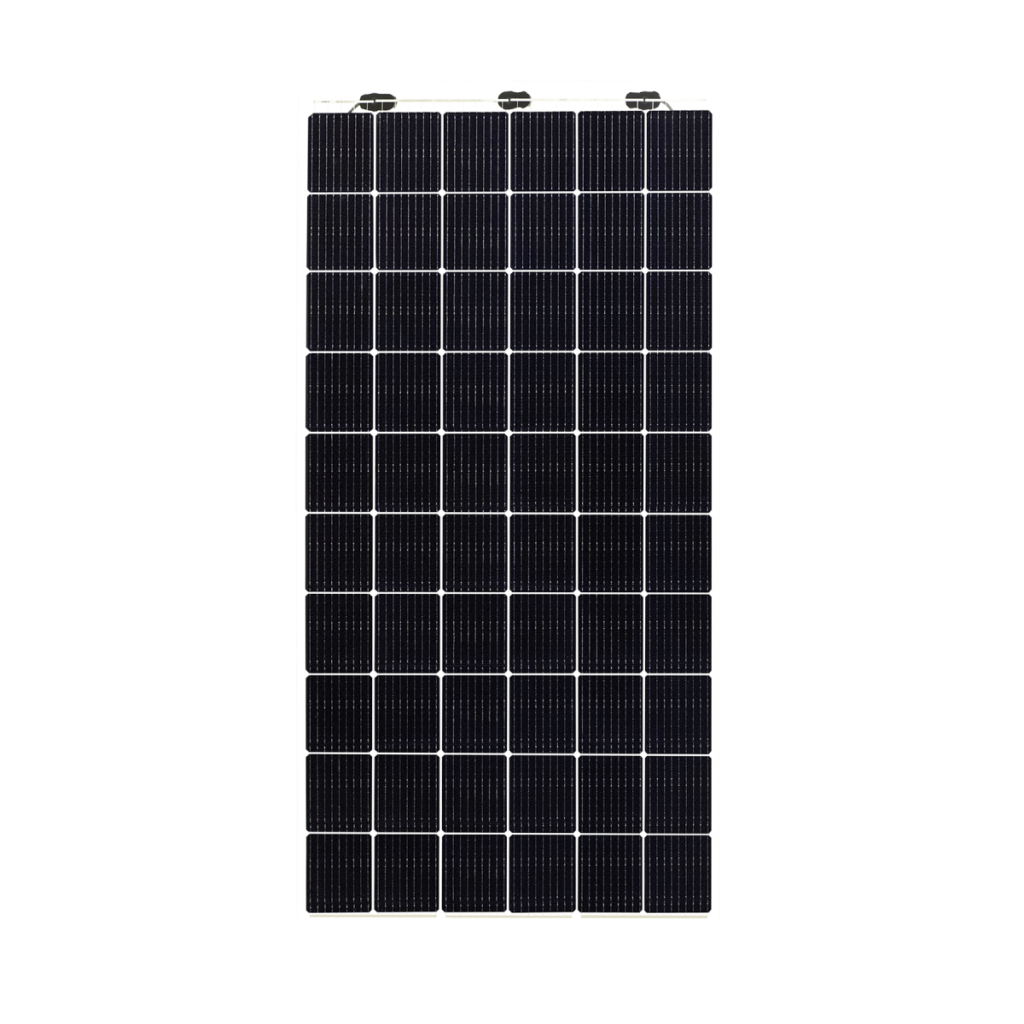Bifacial panels are gaining ground. A Bifacial (two-sided) solar panel does not have a white or black film on the back, but a glass plate or transparent film. As a result, the panel captures sunlight on both sides. Bifacial solar panels can be used on roofs with reflective surfaces. This reflects light rays so that the panel also absorbs sunlight from the back, resulting in higher yields. Bifacial PV panels are more expensive to purchase, but also yield 20% more under optimal conditions. Ideal for residential use on barns, carports, garages and outbuildings and for commercial use on large flat roofs.
Do bifacial solar panels let more light through?
Yes, bifacial solar panels have the potential to transmit more light than single-sided solar panels. This is because they can capture light on both sides, unlike single-sided panels that can only capture light on one side. Bifacial solar panels are designed to absorb light from both sides, allowing them to generate more electricity than single-sided panels. This can be especially advantageous in places with many reflective surfaces, such as snow, water or light-colored soil, where light reflected from the environment can be absorbed by the back of the bifacial panels. However, it is important to note that the amount of additional electricity generated by bifacial solar panels depends on several factors, including panel quality, slope angle, location and weather. Thus, the additional yield may not always be significant and in some situations it may be more advantageous to choose single-sided panels.

What percent more light do bifacial solar panels let through?
The percentage of extra light that bifacial solar panels let through depends on several factors, including panel quality, slope angle, location and weather. There is no set percentage that bifacial solar panels allow more light through than single-sided panels, as this can vary from a few percent to more than 30%. In general, bifacial solar panels can generate about 5% to 25% more electricity than single-sided panels, depending on environmental factors and system configuration. It is important to note that the additional yield is not always significant and that in some situations it is more advantageous to choose single-sided panels.
